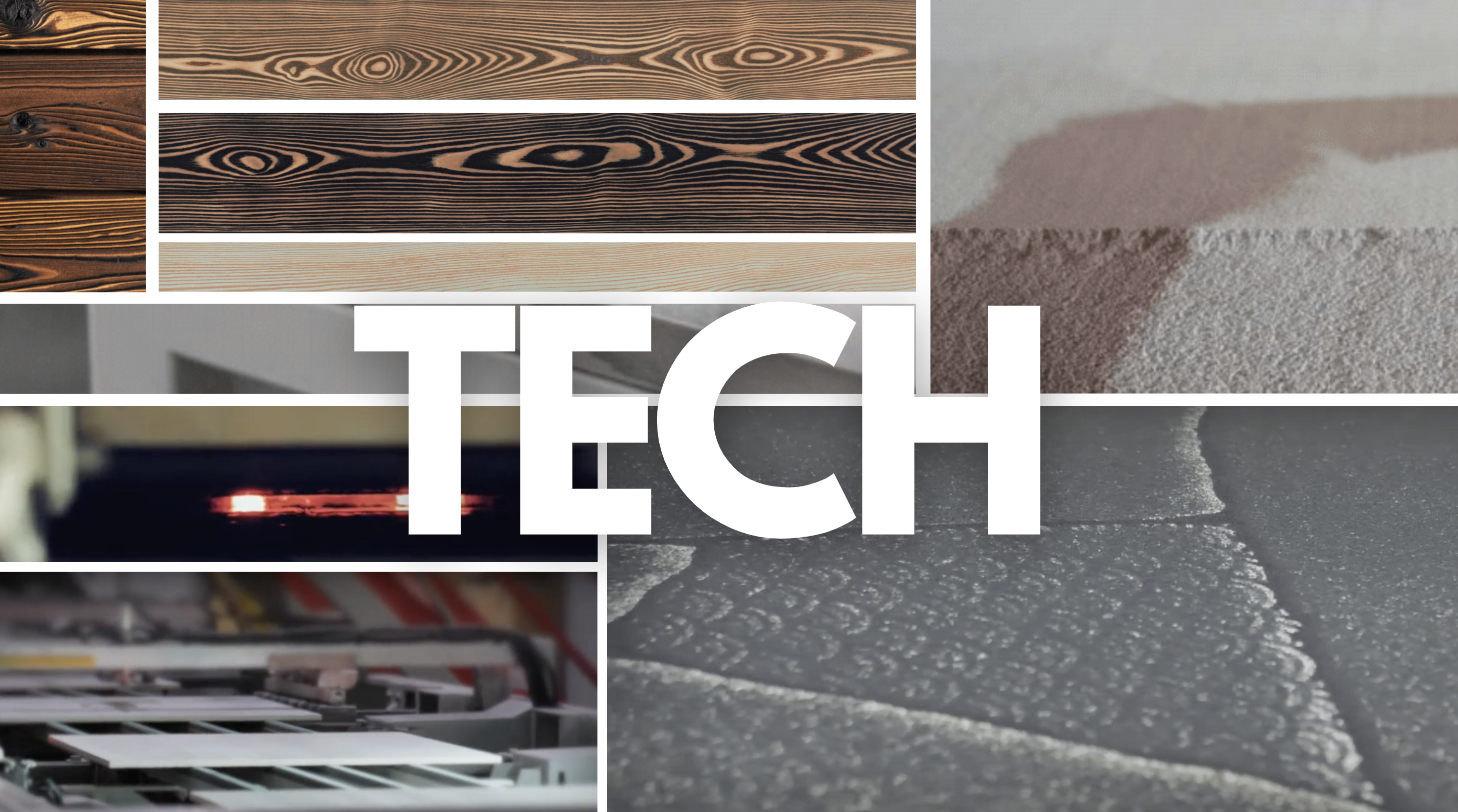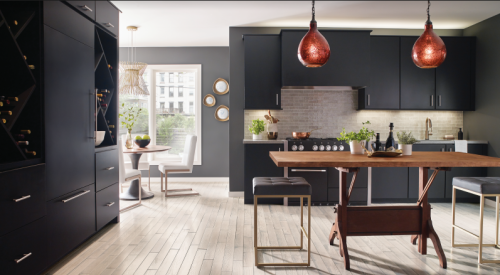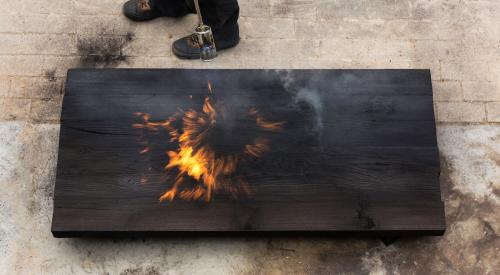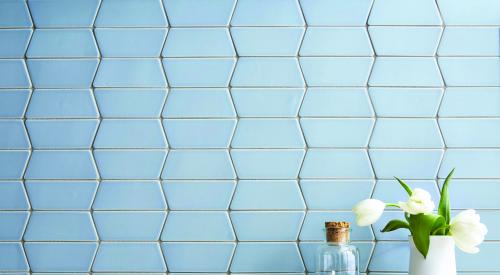The most prominent advancement showcased at this year’s Cersaie was in fact not a color, texture, or tile at all, but rather the technology through which achievements in those categories have been accomplished. Never before have manufacturers been able to achieve the precise textures and graphics that were present this year in Bologna.
A few examples help demonstrate the impact these technologies are making.

Casalgrande Padana, for instance, credits the texture and coloring achievements present in its Gendai Wood collection, which recreates the charred textures and colors of Japan’s Shou Sugi Ban technique, as "the result of research and experimentation" as well as "an advanced production process."
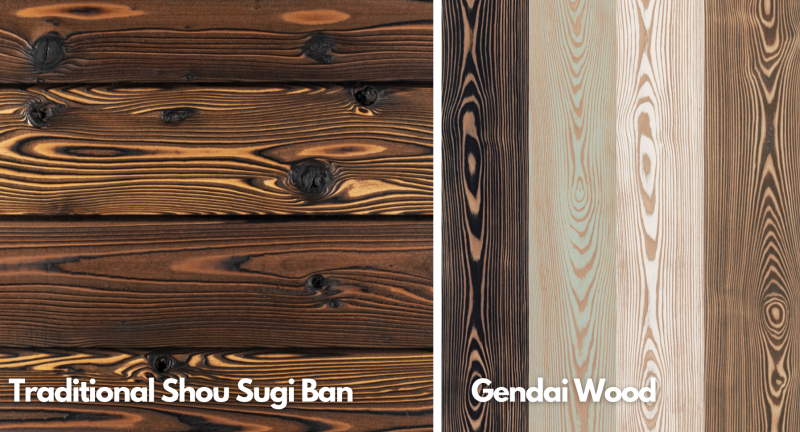
ABK Group, which includes brands ABKSTONE, Ariana, Flaviker, and Materia, owes many of its design achievements to two distinct technologies: FULLBODY3D, a ceramic body mixing and pressing system, which helps control thickness and recreate the “complex structure of the stone material,” according to the company; and FULLVEIN3D, a means through which the Group claims it can “recreate, in perfect continuity, the veins of (a) stone surface, even within the entire thickness,” an effect that “remains unaltered even after the cutting, drilling, and finishing operations.”

"The technical and aesthetic evolution of large tiles with through-body veining enable the creation of furnishings or worktops for bathrooms and kitchens with a more natural feel," according to ABK Group.
In creating its Tweed Stone collection—which has the effects of strings laid into stone—manufacturer Ceramiche Coem developed an additional, totally novel step in its production process, called MATTERonTOP, to overcome the shortcomings of current technology. “The temperature required for production with the the current digital technology sets limits in terms of reproducing material effects and color,” said the manufacturer in a statement. The company claims the process, for which there is little description, is responsible for “new heights … of definition, matter, color and structure.”
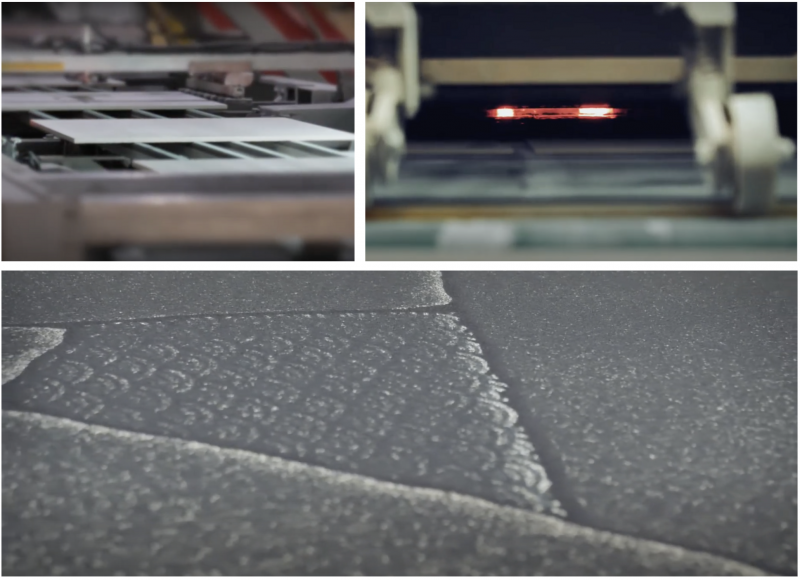
Ceramiche Coem relies on its MATTERonTOP technology not only for Tweed Stone, but for a number of designs. That includes the Japenese-inspired collection Kintsugi, from the other half of Coem-Fioranese, Ceramiche Fioranese, shown above in mid-production.
In more than one case, as is apparent, manufacturers have already through technological innovation achieved designs never before possible. These advancements and more represent both the significant impact new technologies have already had on modern ceramic tile colors, textures and styles, as well as the potential for what these and additional advancements may allow manufacturers to achieve in the future.
